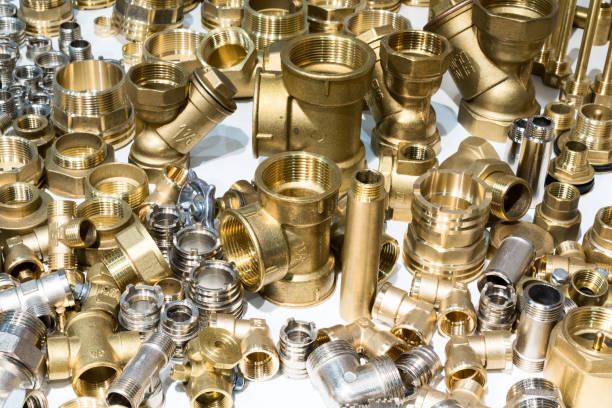
Do you want to bother with having a blocked drain, polluted water or a faulty device? If you think you have many problems with strainers and filters, the best solution is to purchase high quality ones. These convenient gadgets make a difference, and in many cases, guarantee that the water you are using is clean, appliances working efficiently, and plumbing systems free from the nasty blockage. In this blog, we will highlight the available types of Strainers and Filters, detailing what you need to do for you to purchase the best for your home.
Understanding Strainers and Filters:
1. Strainers: Strainers are required to avoid allowing undesirable stuff such as sand and stones among others in your flowlines, pipes, and pumps among other systems. They are available in a number of materials; these include brass, stainless steel and plastic. The most common types of strainers include:
– Basket Strainers: Industries mostly use basket strainers as they can hold significant amount of sediment.
– Y-Strainers: Y-Strainers are used to filter out sands, dirt and any other solid materials within the liquid or a gas supply pipeline system.
– Cleanable Strainers: Commercial and industrial sites most suited with smooth and removable strainers as they are easy to clean strainers.
2. Filters: Filters are an object that can separate elements or substances from water or air, as well as sediment, and impurities. They come in various types, such as:
– Water Filters: Filters are used to reduce such things as the chemicals, solid particles, or other undesirable substances in the water forming the better and safer water for drinking.
– Air Filters: Air filters collect aerosols, so they are not spread around the room, and the air is clean due to trapping dust and allergens.
– Coffee Filters: Coffee grounds and other particles mix with the brewing coffee and need to be filtered.
Choosing the Right Strainers and Filters:
1. Determine Your Needs: An example is of discovering what is it that one wants to solve? Maybe it is for example to remove blockages from the pipes or to filter water.
2. Material: The choice of material in the construction of your separator should therefore be one that is durable, corrosion resistant and compatible with your system. Some of the common materials used are: metallic, usually brass, stainless, or steel; and plastic are next.
3. Flow Rate: The rate of flow of water or air through your strainer or filter must be given also in order to take into account the amount of pressure that it needs to take in order to flow through.
4. Ease of Maintenance: Choose a strainer or filter that is quick to clean and maintain, this will allow for less time in down time, and will have a longer useful life.
5. Compatibility: Make sure the particular strainer or filter you purchase matches and blends well with any system you already have and plumbing.
Conclusion:
Choosing between different Strainers And Filters for the house truly affects the efficiency, cleanliness, and effectiveness of the house. Understanding how material, flow rate, and maintenance may coherently depend on one another allows you to make the right decision about strainers and filters. It will also make your home more efficient in its use of resources and therefore allow you to save both money and resource in the future. Thus, begin to scour and surf for suitable strainers and filters for your home now!